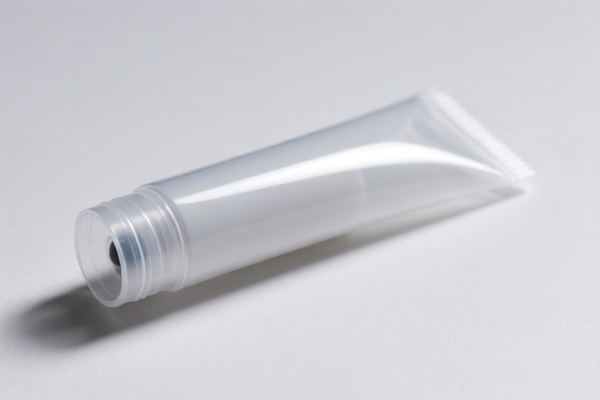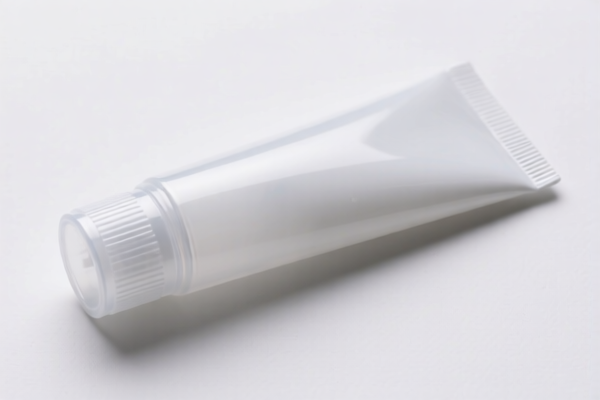| HS Code | Official Doc | Tariff Rate | Origin | Destination | Effective Date |
|---|---|---|---|---|---|
| 3923900080 | Doc | 58.0% | CN | US | 2025-05-12 |
| 3917320050 | Doc | 58.1% | CN | US | 2025-05-12 |
| 3917390050 | Doc | 33.1% | CN | US | 2025-05-12 |
| 4009410000 | Doc | 57.5% | CN | US | 2025-05-12 |
| 4009420050 | Doc | 40.0% | CN | US | 2025-05-12 |
| 4016990300 | Doc | 58.0% | CN | US | 2025-05-12 |
| 7305901000 | Doc | 30.0% | CN | US | 2025-05-12 |
| 7305905000 | Doc | 30.0% | CN | US | 2025-05-12 |
| 7306697060 | Doc | 30.0% | CN | US | 2025-05-12 |
| 7306901000 | Doc | 30.0% | CN | US | 2025-05-12 |
| 7411101030 | Doc | 56.5% | CN | US | 2025-05-12 |
| 7411105000 | Doc | 58.0% | CN | US | 2025-05-12 |
| 7419805050 | Doc | 55.0% | CN | US | 2025-05-12 |
| 7419800900 | Doc | 58.0% | CN | US | 2025-05-12 |
| 4602900000 | Doc | 58.5% | CN | US | 2025-05-12 |




Packing Tube
A packing tube is a cylindrical container used for the storage and protection of various items, typically long and slender objects. They are widely employed across diverse industries due to their simplicity, cost-effectiveness, and ability to safeguard contents from physical damage and environmental factors.
Material
Packing tubes are manufactured from a range of materials, each offering specific properties:
- Cardboard: The most common material, available in various grades (single-wall, double-wall, spiral-wound) providing differing levels of strength and durability. Often used for posters, artwork, documents, and lightweight items.
- Plastic: Typically Polyethylene (PE) or Polypropylene (PP). Offers moisture resistance, impact resistance, and reusability. Suitable for items requiring greater protection from the elements or repeated use.
- Metal: Aluminum or steel are used for high-strength applications, providing excellent protection against crushing, impact, and environmental factors. Used for sensitive equipment, maps, and architectural drawings.
- Composite Materials: Combinations of materials like cardboard and plastic, offering a balance of properties.
Purpose
The primary purpose of a packing tube is to:
- Protect Contents: Shield items from bending, crushing, tearing, and other physical damage during storage and transportation.
- Contain Contents: Securely hold items, preventing loss or disorganization.
- Facilitate Transportation: Provide a convenient and manageable form for shipping and handling.
- Preserve Contents: Protect items from moisture, dust, and light.
Function
Packing tubes function by:
- Enclosing the Item: The cylindrical shape provides a secure enclosure.
- Distributing Pressure: The tube's structure distributes external pressure evenly, minimizing stress on the contents.
- Shock Absorption: The material of the tube absorbs impacts, reducing the likelihood of damage.
- Moisture Barrier: Materials like plastic provide a barrier against moisture ingress.
Usage Scenarios
- Shipping & Mailing: Transporting posters, artwork, blueprints, maps, documents, and samples.
- Storage: Organizing and protecting long items like architectural plans, fabric rolls, and sporting equipment.
- Retail Packaging: Packaging products like calendars, flags, and textiles.
- Industrial Applications: Protecting sensitive equipment, components, and materials during transport and storage.
- Arts & Crafts: Storing and transporting artwork, drawings, and prints.
Common Types
- Cardboard Mailing Tubes: The most prevalent type, available in various lengths and diameters. Often feature plastic end caps.
- Spiral Wound Tubes: Constructed from cardboard wound in a spiral, offering high strength and crush resistance.
- Plastic Tubes: Durable and moisture-resistant, often with screw-on lids.
- Telescoping Tubes: Adjustable length tubes, ideal for accommodating items of varying sizes.
- Metal Tubes: Heavy-duty tubes offering maximum protection, often used for sensitive equipment.
- Custom Printed Tubes: Tubes with branding, logos, or other graphics for marketing and identification purposes.
Based on the provided information, “packing tube” can be classified under several HS codes, depending on the material and specific characteristics. Here's a breakdown of relevant options:
- 3923900080: This code covers articles for the conveyance or packing of goods, of plastics; stoppers, lids, caps and other closures, of plastics: Other. This is applicable if the packing tube is made of plastic. The total tax rate is 58.0%, comprising a basic tariff of 3.0% and an additional tariff of 25.0%, increasing to 30.0% after April 2, 2025.
- 4009410000: If the packing tube is made of vulcanized rubber (other than hard rubber) and reinforced or otherwise combined with other materials, without fittings, this HS code applies. The total tax rate is 57.5%, consisting of a basic tariff of 2.5% and an additional tariff of 25.0%, rising to 30.0% after April 2, 2025.
- 4016990300: This code is for other articles of vulcanized rubber other than hard rubber: Other: Other: Containers, with or without their closures, of a kind used for the packing, transporting or marketing of merchandise. The total tax rate is 58.0%, with a basic tariff of 3.0% and an additional tariff of 25.0%, increasing to 30.0% after April 2, 2025.
- 7305901000: If the packing tube is made of iron or steel, having a circular cross-section exceeding 406.4 mm, and is of iron or nonalloy steel, this HS code is applicable. The total tax rate is 30.0%, with no basic or additional tariffs currently, but an additional tariff of 30.0% will be applied after April 2, 2025.
- 7306901000: This code applies to other tubes, pipes and hollow profiles of iron or steel, specifically those of iron or nonalloy steel. The total tax rate is 30.0%, with no basic or additional tariffs currently, but an additional tariff of 30.0% will be applied after April 2, 2025.
Important Considerations:
- The material composition is crucial for accurate classification. If the tube is a composite of materials, the primary material determines the HS code.
- For HS codes 7305901000 and 7306901000, the external diameter exceeding 406.4 mm is a key characteristic.
- Regarding HS code 4009410000, the presence or absence of fittings is important.
- The additional tariff of 30.0% will be applied to several HS codes after April 2, 2025.
Customer Reviews
No reviews yet.